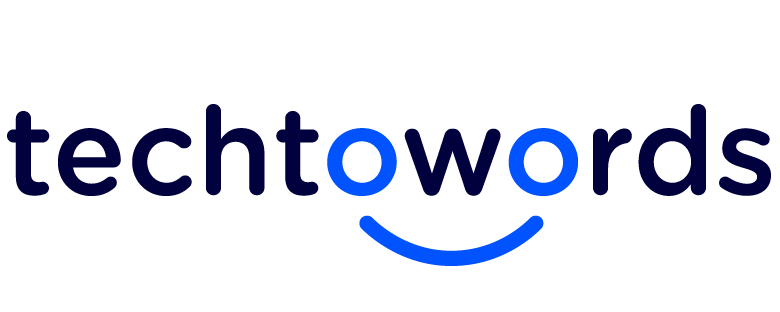What is the PAS Framework
Marketers seek effective ways to convince their audience to take commercial actions. Whether downloading an e-book, signing up for a course, or purchasing a high-ticket product, they hope to turn people into paying customers.
PAS, an acronym for Problem, Agitate, Solution, is a copywriting framework that engages with the audience’s emotions and coaxes them into taking action.
The PAS copywriting framework is commonly applied by marketers because of its simplicity. It helps marketers rub on the audience’s pain point and create a situation where taking a specific action is the only plausible choice.
Breaking down the PAS copywriting framework
PAS follows a sequential pattern that puts readers through a series of emotions. By the end of it, you provide the readers with an option that they hoped would solve their problem.
Let’s walk through each stage.
Problem
The first stage is to point out the problem that the readers face. Chances are, the audience is already aware of their problems. All you need to do is to present the facts clearly.
So, take the chance to stamp your authority by researching well into their problem before you call it out.
For example, cyberattacks are on the rise, and you want to draw the reader’s attention to the risks they face.
So, you use a statement like, “Is your accounts secure? Because 5 users got their password stolen every second.”
Agitate
Once you’ve roped in the audience, you draw on the impact they would suffer if they stayed status quo. Dive into the specifics of how the readers would be affected if they ignored their situation.
Whenever possible, use powerful phrases that engage with their emotions. When implemented properly, the reader should feel fear, frustration, regret, or other negative emotions that foster a sense of urgency. This is important because it helps the readers realize that they are greatly in need of a solution.
Here’s an example, “Losing your password can often lead to grave circumstances. Imagine hackers siphoning money out of your account while you remain unaware. Worse, you might not realize such atrocities until the bank calls you the next day”
Solution
After getting the audience riled up, offer a solution. This is where you adopt an emphatic tone, painting hope and confidence that the solution is a step away.
Describe how you or your product will solve their problems. Provide key details that they could relate to. Then, include a call to action that the readers couldn’t resist but to act.
For example, “Stop falling victim to unscrupulous cyber criminals. Take charge and keep your banking account safe. Try out endpoint security products for free and secure your password with unbreakable encryption. Download here”
How to use the PAS framework effectively in copywriting?
PAS is a versatile framework that you can apply to various types of copies, including email, landing pages, blogs, and social media posts. When you use PAS, remember to keep the message short, powerful, and concise. For example, if you use PAS in a blog, it usually goes in after the main content, where you want to conclude with a strong CTA.
For the PAS framework to be effective, you must clearly understand the patient’s problem and the cost they incur. Customers are concerned about time, health, money, relationships, and many other factors. Your role is to find out the most probable one and agitate them further.
While PAS is an effective framework to increase conversion, the challenge lies in striking a balance between empathizing with and agitating the audience. If you held back too much in provoking the audience, you couldn’t get them to buy. Likewise, too much agitation might backfire as you leave the audience feeling disempowered and disillusioned.
Marketers usually evaluate their PAS copies with A/B testing and refine them until they get the desired response rate. The choice of words, at any stage, may affect the framework’s result in actual business context. Also, some organizations choose to tone down their approach because striking too much fear doesn’t align with their brand voice.
Real-life examples of PAS
You will find marketing copies designed to create urgency by striking fear or similar emotions in many forms. It took me minutes to find these PAS-inspired messages in the media I subscribed to.
#1 – Email Marketing for Webinar
This is a typical PAS marketing that you’ll find in the sales funnels that online gurus use.
In this email, the marketer leveraged the Fear Of Missing Out (FOMO) principle to get subscribers to click on the button. He stressed that we’d be missing out on the lucrative opportunity that AI brings unless we equip ourselves with the right knowledge.
#2 – Landing Page – Affiliate Marketing
Below is an example of the PAS framework in action, but with a subtle twist.

Instead of honing directly on the problem, which is the challenges that affiliate markers face, it stated that hard work is inevitable. The copy went on to note that even the most accomplished marketers went through tough challenges to get to where they are.
Then, the message seeks to assuage the audience that a solution is at bay and encourage them to sign up for the free course.
#3 – Social Media – Web Hosting
Here’s a snippet of an ad copy that uses the problem, agitation, and solution strategy.
The ads started by questioning reasons why some websites suffer from low traffic. Then, it agitated the readers by suggesting that they’re outranked by competitors on Google. As a solution, the copy encouraged the readers to sign up for a free SEO analysis service.
Conclusion
PAS is a simple yet effective copywriting framework that marketers use to convert traffic into leads. By making the audience feel deeply about the problem they face, the framework sets up a strong condition that encourages action.
And because it’s so versatile, you can use the PAS framework on almost any media and niche.
What’s your thought about the PAS copywriting approach? Let me know in the comments below.







